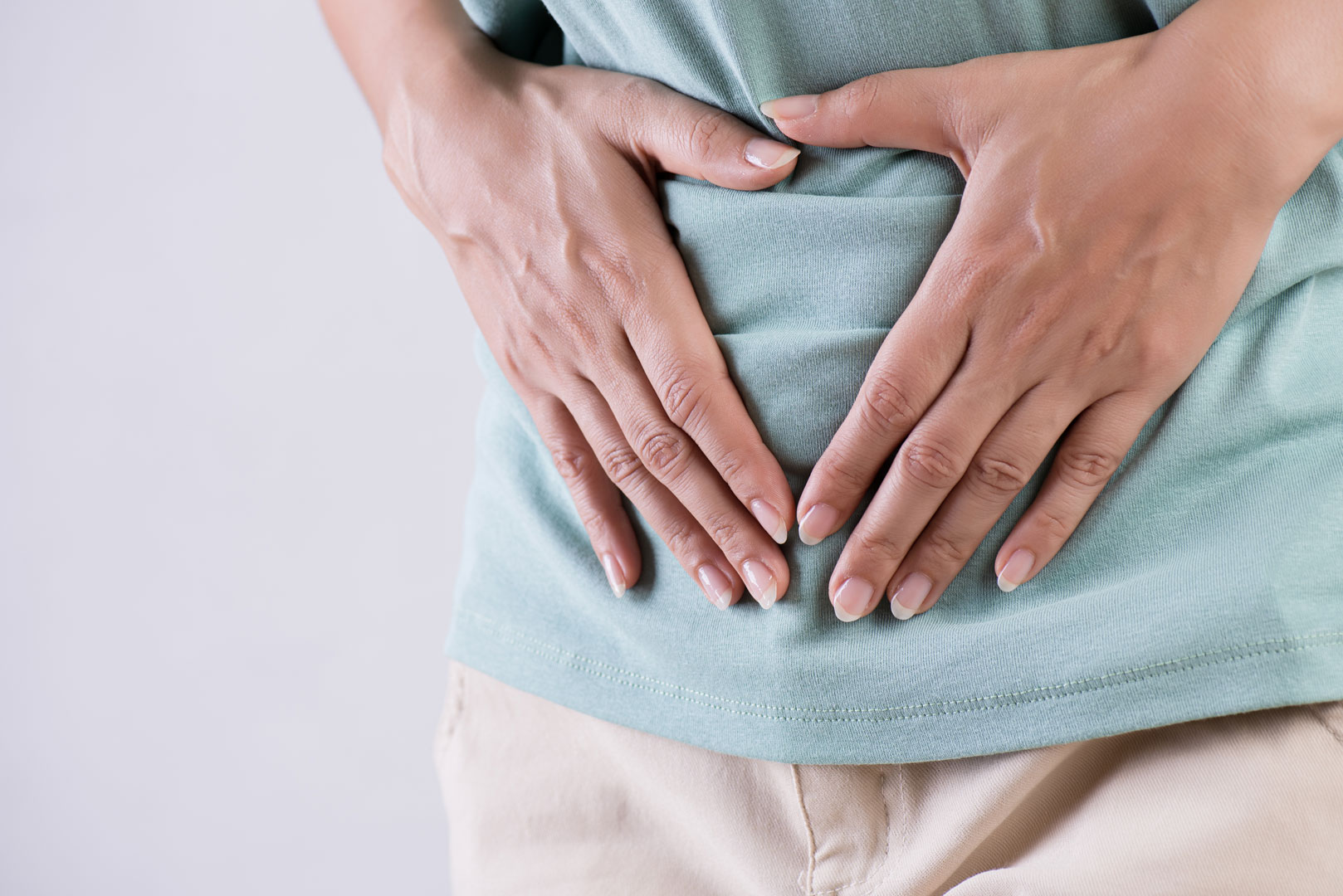Asherman’s Syndrome. Can it affect your fertility?
This syndrome can cause
- Amenorrhea, absence of the menstrual cycle for more than 6 months.
- Cyclical pain,
- Infertility, recurrent miscarriages, and abnormalities in the formation of the placenta.
Hypomenorrhea, decreased menstrual flow, reducing quantity or duration.
Its presence in the general population varies between 2.8% and 45.5% according to various studies.

What is the cause of Asherman’s syndrome?
The most common cause of this syndrome is dilation and curettage due to an incomplete miscarriage, postpartum curettage, or a voluntary termination of pregnancy.
Although other types of interventions at the uterine level can also cause adhesions such as myomectomy (surgical intervention to remove uterine fibroids), uterine artery embolization (procedure to treat fibroids without surgery), radiotherapy, hysteroscopy with multiple myomectomy or infectious processes, mainly genital tuberculosis.
It seems that there is an individual susceptibility that determines that some patients develop adhesions and others do not.
Some scientists suggest that it could be due to a lower number of parental cells in a hypoestrogenic environment, or the simultaneous presence of infection that would limit the regenerative capacity of the endometrial tissue.
The suspicion of this entity is based on the presence of menstrual disorders or infertility after curettage or uterine surgery.
How do you know if you have Asherman’s Syndrome and how to treat it?
The Asherman ‘s Syndrome is diagnosed by a hysteroscopy. In addition, this technique will allow us to evaluate the severity of the Syndrome and the necessary treatment.
The hysteroscopic surgery allows us to eliminate adhesions and restore normality to the uterine cavity
What are the complications after hysteroscopic surgery?
After hysteroscopic surgery to treat Asherman’s Syndrome, the main complication is the recurrence of adhesions, so it is recommended to perform a new hysteroscopy two weeks to two months later for its diagnosis and further treatment if necessary.
To prevent re-adhesions occurring in the uterine cavity, hormonal treatments are used, in addition to mechanical methods such as an insertion after surgery of a Foley catheter and, even more effectively, the Cook Cervical Ripening Balloon, a triangular-shaped balloon which adapts to the shape of the cavity in order to avoid new adhesions.
Other methods such as the use of hyaluronic acid and other biological barriers have been proposed, but without proven efficacy.
Can Asherman’s Syndrome be cured?
After hysteroscopic surgery, regular cycles are restored in 67-97% of cases, although the best confirmation of success is the subsequent development of a full-term gestation (40-79.4%).
What happens if endometrial tissue cannot be regenerated after Asherman’s Syndrome?
The presence of Asherman’s Syndrome increases the risk of certain obstetric pathologies such as miscarriages, premature birth, abnormal placenta growth, delayed growth, uterine rupture… Therefore, pregnancies in patients with this syndrome are considered at high risk.
On occasions, an adequate regeneration of the endometrial tissue is not achieved, for which various cell therapies can be proposed to achieve an optimal development of the cells that allows the achievement of a pregnancy.
In our Fertility Clinic in Malaga we have successfully performed Platelet-Rich Plasma (PRP) therapy in several cases with severe Asherman’s Syndrome.
How is Platelet-Rich Plasma (PRP) therapy performed in patients with Asherman’s Syndrome?
The PRP is obtained by centrifuging a sample of the patient’s blood in order to obtain a preparation with a platelet concentration 4-5 times higher than normal. In this way, the risk of transmission of diseases, immune reactions, etc. is minimized because the patient’s same blood is used, that is, the patient is both a donor and a recipient.
Platelets contain granules rich in growth factors and various cytosines that promote tissue repair and which have been used for this purpose in various areas of medicine such as dental surgery, orthopaedics, dermatology, and aesthetic medicine.
Results after treatment with PRP for Asherman’s Syndrome
At Clínica Fertia we have verified through hysteroscopy the improvement of the development in endometrial tissue after PRP therapy. The improvement in vascularisation at the endometrial level has also been verified by a Doppler study.
A case of severe Asherman’s Syndrome treated in our fertility clinic in Malaga using PRP therapy has recently been published. Updates Surgery. 2020 Jun 8. doi: 10.1007 / s13304-020-00828-0.
Once again, personalised treatments adapted to the needs of each patient are the key to our results. We strive every day to find out all the details of our patients’ cases and we study them diligently in order to provide the best and most carefully tailor-made fertility treatment for them that helps them achieve their dream of becoming mothers.
In fertility treatments, time is a key factor, if you are trying to have a baby and have not yet been successful, from Clínica Fertia we encourage you to speak to our experts about your fertility concerns, so we can advice you on the best way forward.